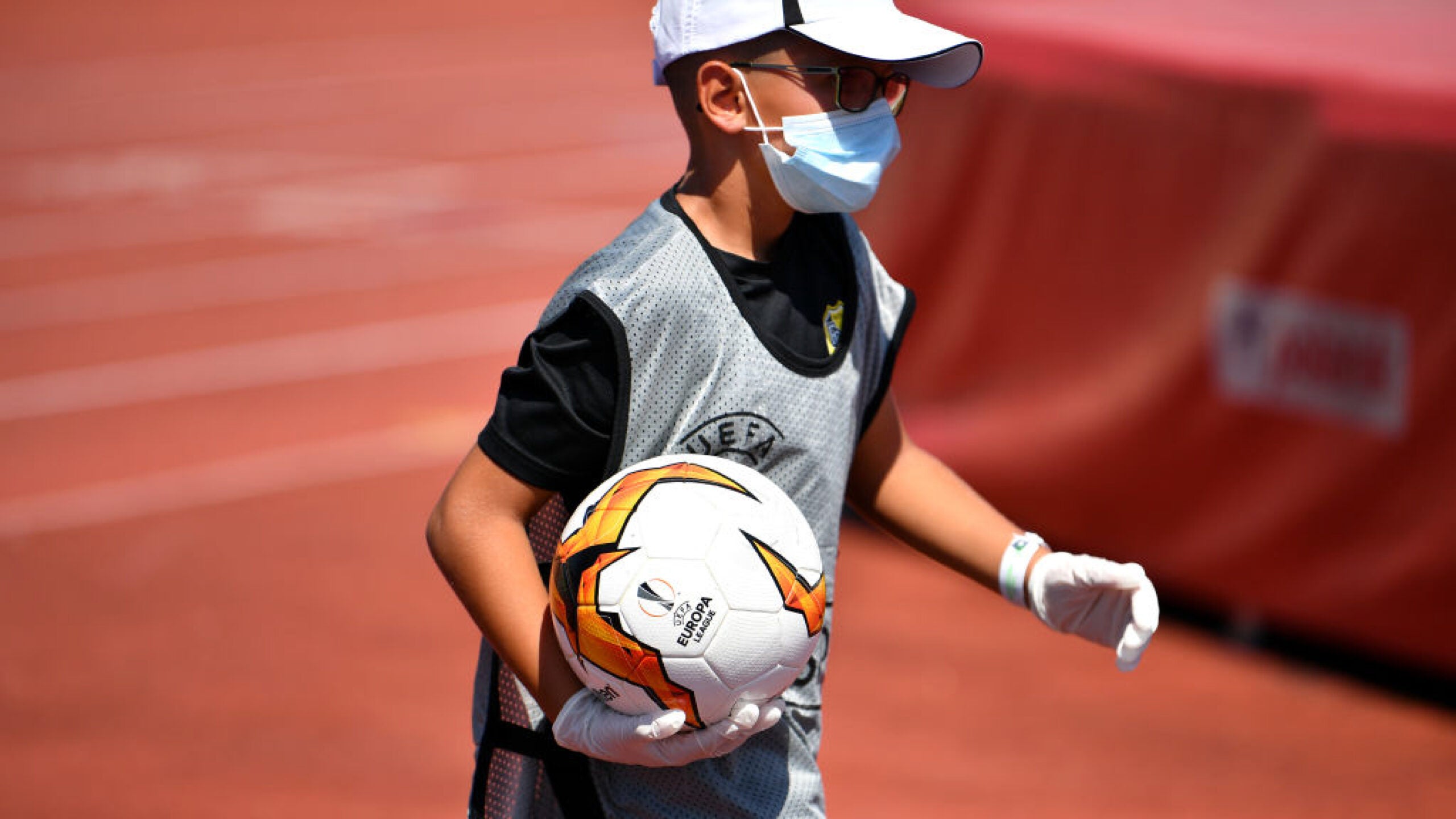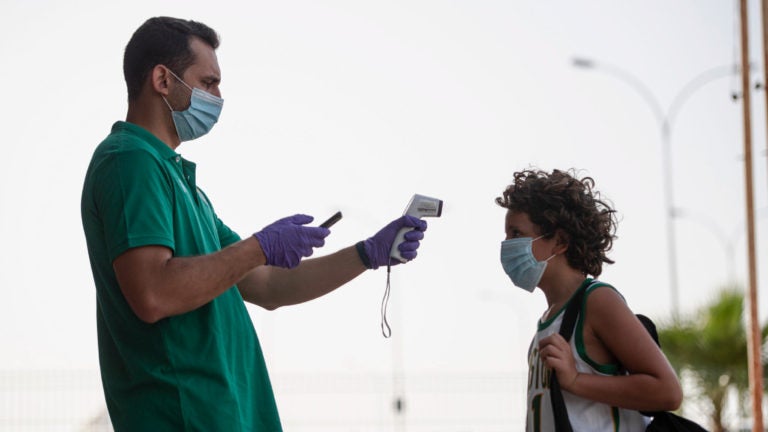The Huddle: The Return to Youth Sport
Why this matters
Youth sports is veering away from being an opportunity for children to have fun in a healthy environment. COVID-19 has illuminated the inequities in this industry, and Allison Burtka discusses how youth sport needs to be reimagined and transformed for future generations.
Youth sports should foster confidence and community among young athletes. They are critical for social, emotional, and physical development. They should be fun.
Instead, they are disappearing.
Less and less public schools are offering affordable sports programs. Pay to play travel teams are becoming normalized. Rising costs, long practices, and busy competition schedules prevent participation from families who do not have the financial means to join these teams.
“Overall, I think a lot of people think the youth sports system is sort of broken,” says Allison Burtka, an award winning writer and editor. “It caters to wealthier white suburban kids who can afford to spend whatever it costs to participate in a sport but they’re leaving out low income and a lot of kids from communities of color.”
In her Global Sport Matters article, Burtka mentions that the barriers in this system are exacerbated by the circumstances of the pandemic. Low income-communities of color are hit the hardest by health crises, and COVID-19 is no exception. These are the same communities in which families are less likely to be able to join club teams, which perpetuates inequity especially in regards to health.
The good news is that there are programs across the country working hard to keep youth sports affordable, accessible, and afloat even in a pandemic. LA84 gave students sports equipment as they picked up meals from school. Girls on the Run partners with schools to empower girls and teach them how to properly train as runners. Harlem Lacrosse is a school-based nonprofit that offers free lacrosse training and academic support to youth in New York, Boston, Baltimore, Philadelphia and Los Angeles.
“Sports should be treated not just as something kids should do for recreation or fun but to treat sports as something more essential to kids’ development,” says Burtka. “I think a lot of these organizations are trying to argue this is what we need the most in the comeback from COVID-19 for these kids who are starved for social, emotional, and physical interaction with other kids.”
Burtka emphasizes that youth sports’ ability to offer emotional and social support will be more important than ever upon its return. Children have not only lost normalcy and routine, but they have also lost loved ones. They are facing incredible emotional pressure and trauma and need to trust that coaches can support them.
“That’s something major to deal with if you’re the coach or mentor in a kid's life,” says Burtka. “it's not just that you are providing the kids the opportunity to play whatever they like to play, it's that you're also helping nurture these needs that they have and to help assuage [their] stress and the anxiety [from] COVID-19.”
Like every other aspect of society, youth sport must be reimagined in order to return in a way that is sustainable and fair. Children know that their world is changing, and it is critical that parents, coaches, and community leaders make sure that it changes for the better.
Listen and subscribe to the Global Sport Matters podcast:
Monthly Issue
COVID-19 & Sport
COVID-19 is the rival no one in sport could game plan for. As many live events remain at a standstill and the world keeps adapting, how is sport resetting upon its staggered returns?




